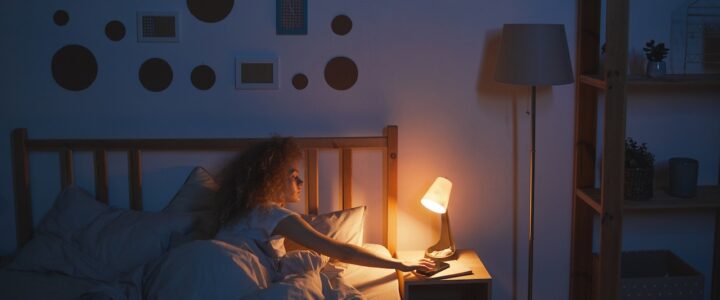I can’t leave The Stuck Baby Series without describing baby immobilization and container lifestyle. In this article I outline the most significant ways in which we prevent our babies from moving after they are born. It seems like the perfect preparation for a sedentary life in a recliner in front of a screen. Read more
Things We Do (After Birth) to Prevent Babies From Moving
Carol Gray
Babies, Bodywork, Infants, Wellness
babies, baby swings, bodywork, bottle nursing, brachycephaly, breastfeeding, bumbo seats, carol gray, cradleboards, craniosacral therapy, developmental delay, fetal constraint, hip dysplagia, infant car seats, infant care, infant constraint, infant furniture, infant seats, infant sleep, johnny jump up, jolly jumper, jumperoo, making room for babies, mamaspace yoga, motor skill acquisition, parenting, plagiocephaly, play mats, primitive, primitive reflexes, science, sleep, strollers, stuck babies, swaddling, walkers








